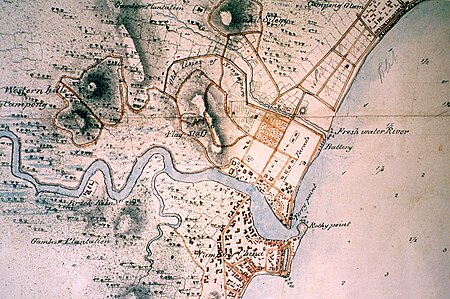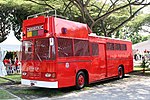Kingdom of Singapura

The Kingdom of Singapura (Malay: Kerajaan Singapura) was an Indianised Malay Hindu-Buddhist kingdom thought to have been established during the early history of Singapore upon its main island Pulau Ujong, then also known as Temasek, from 1299 until its fall in 1398. Conventional view marks c. 1299 as the founding year of the kingdom by Sang Nila Utama (also known as "Sri Tri Buana"), whose father is Sang Sapurba, a semi-divine figure who according to legend is the ancestor of several Malay monarchs in the Malay World. The historicity of this kingdom based on the account given in the Malay Annals is uncertain, and many historians only consider its last ruler Parameswara (or Sri Iskandar Shah) a historically attested figure. Archaeological evidence from Fort Canning Hill and the nearby banks of the Singapore River has nevertheless demonstrated the existence of a thriving settlement and a trade port in the 14th century.The settlement developed in the 13th or 14th century and rose from a small Srivijayan trading outpost into a centre of international trade in the Malay Archipelago, India and the Yuan Dynasty. It was however claimed by two regional powers at that time, Ayuthaya from the north and Majapahit from the south. As a result, the kingdom's fortified capital was attacked by at least two major foreign invasions before it was finally sacked by the Majapahit in 1398 according to the Malay Annals, or the Siamese according to Portuguese sources. The last king, Parameswara or Iskandar Shah, fled to the west coast of the Malay Peninsula to establish the Malacca Sultanate in 1400.
Excerpt from the Wikipedia article Kingdom of Singapura (License: CC BY-SA 3.0, Authors, Images).Kingdom of Singapura
Tanglin Halt Road, Singapore
Geographical coordinates (GPS) Address Nearby Places Show on map
Geographical coordinates (GPS)
| Latitude | Longitude |
|---|---|
| N 1.3 ° | E 103.8 ° |
Address
New Town Primary School
Tanglin Halt Road 300
148812 Singapore
Singapore
Open on Google Maps






